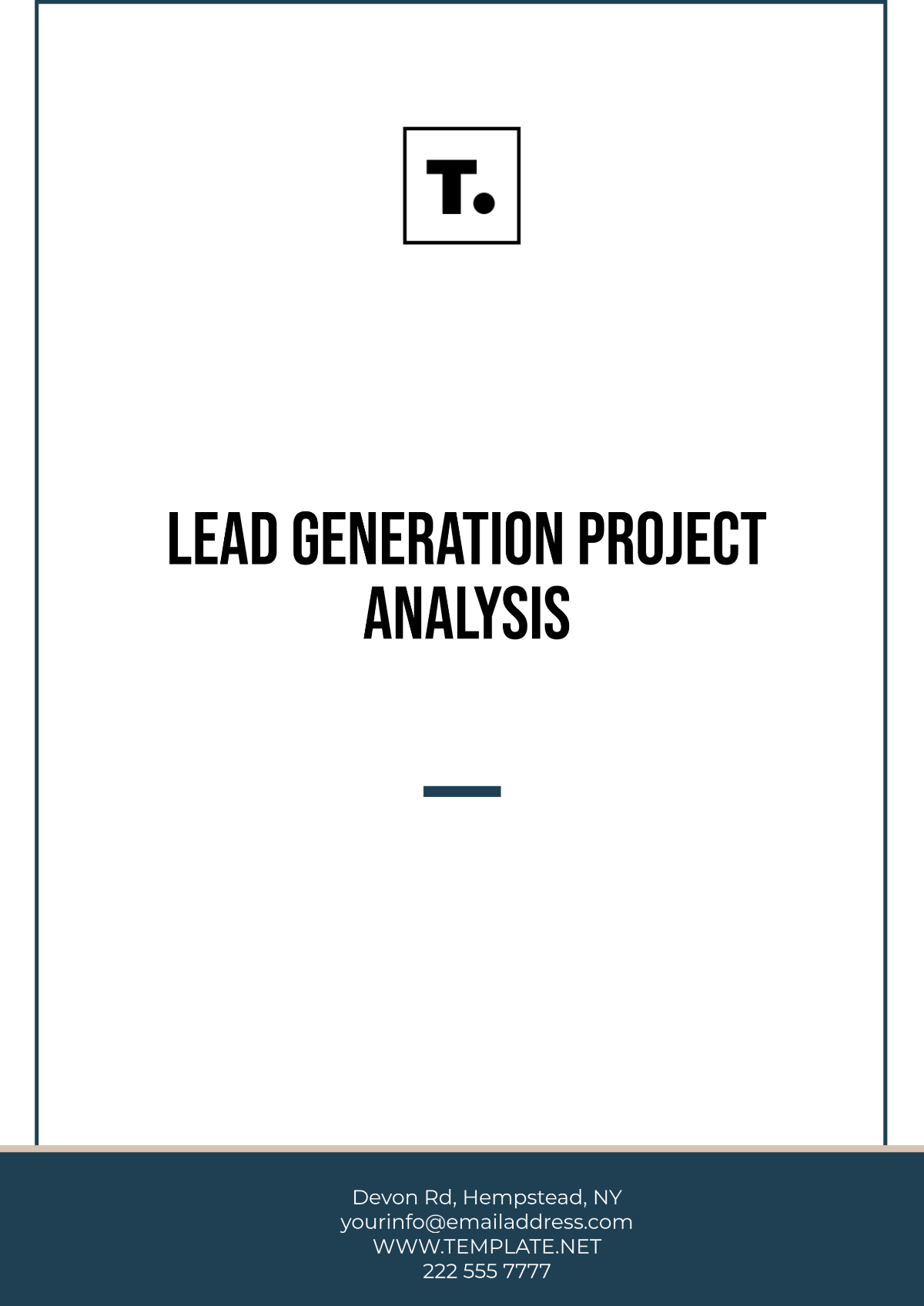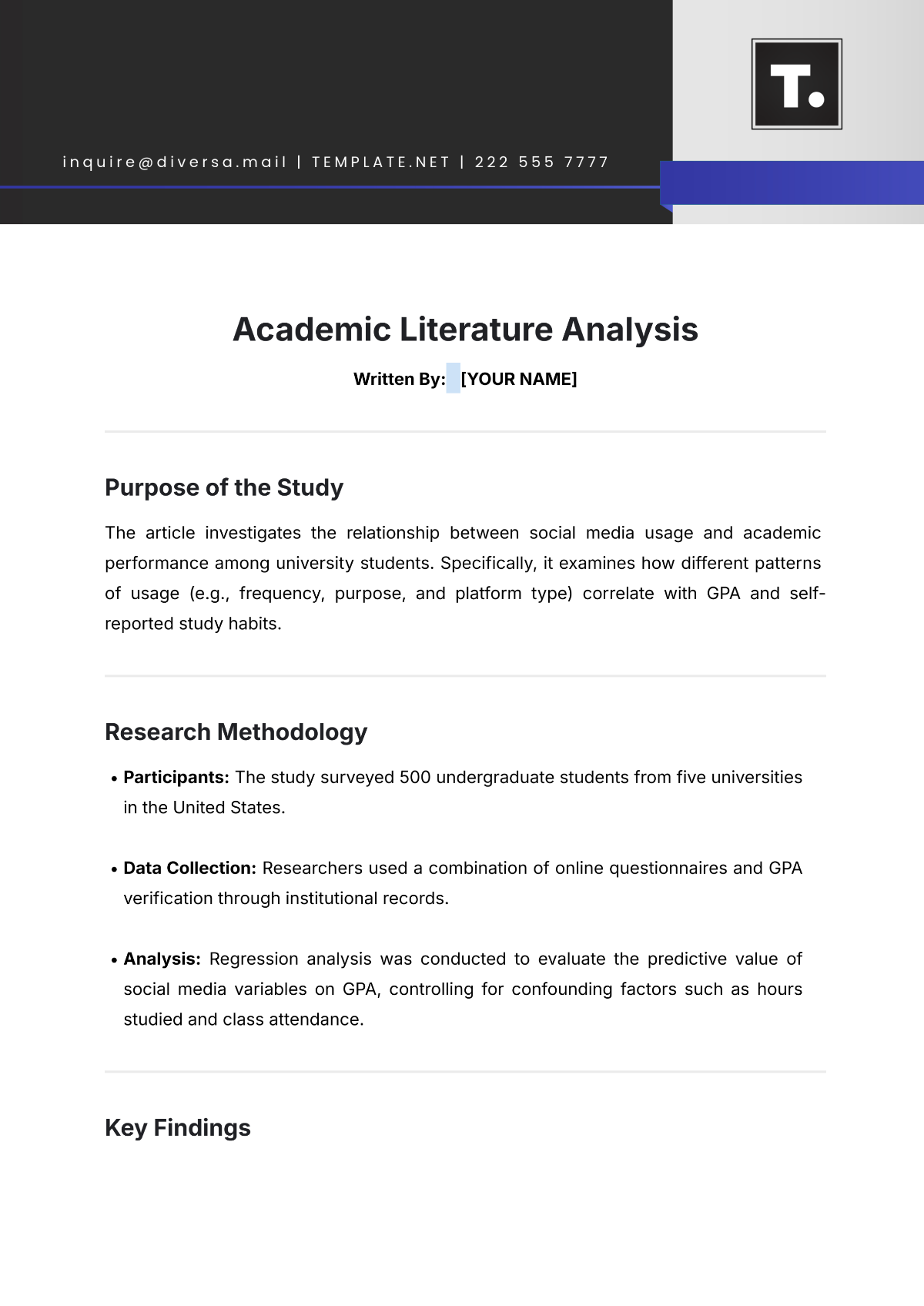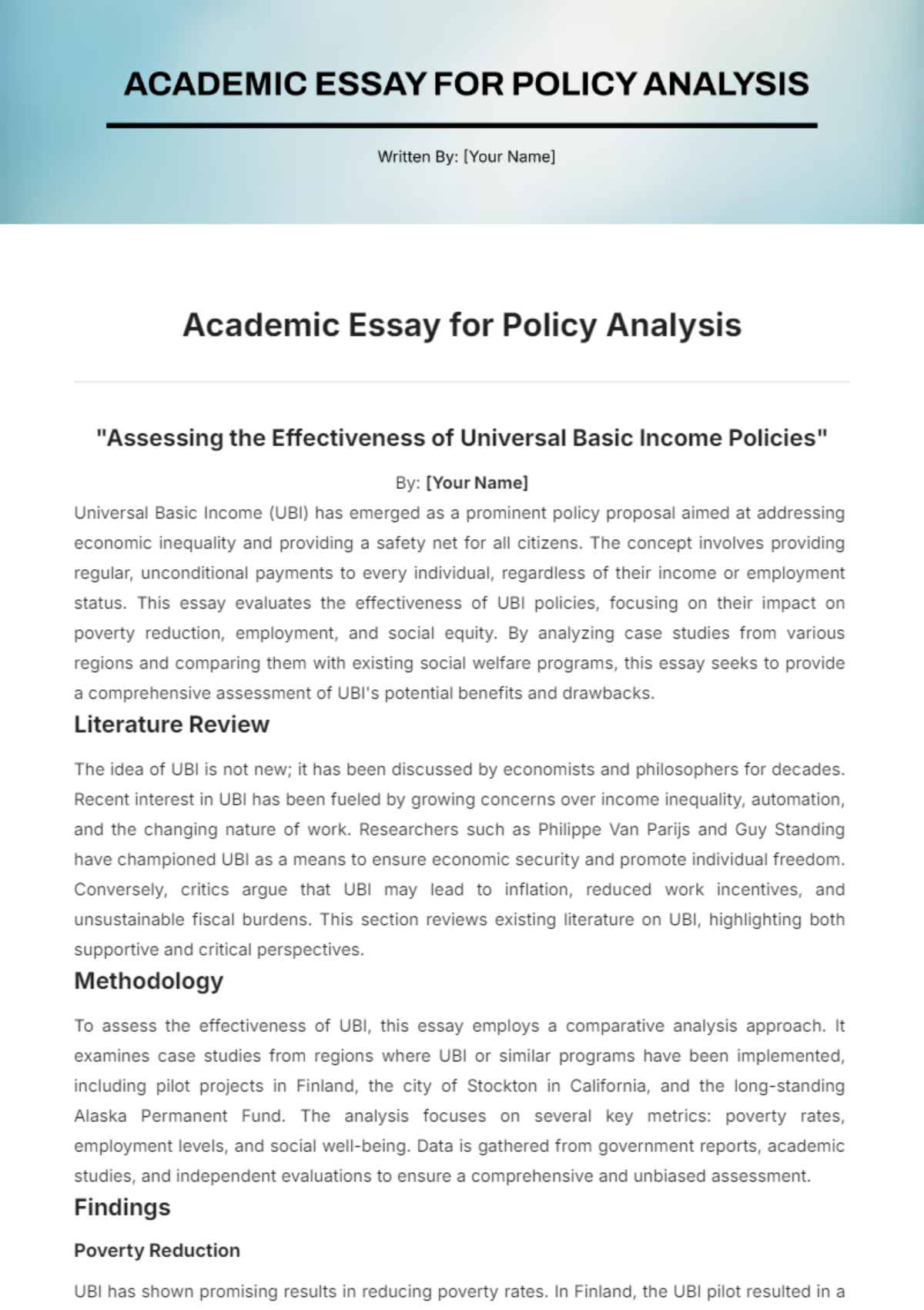LGBTQ+ Studies Thematic Analysis
Introduction
Purpose of the Study: This study examines the representation of LGBTQ+ individuals in mainstream film and television from 2050 to 2073, focusing on recurring themes related to character portrayal, identity, and inclusion.
Research Questions:
How are LGBTQ+ characters depicted in popular media between 2050 and 2073?
What recurring themes emerge in the portrayal of LGBTQ+ identities, and how do they impact public perception?
Context/Background: The mid-21st century has seen a significant shift in media representation. More LGBTQ+ characters are now visible in media, especially with the rise of diverse streaming platforms. However, issues such as stereotypical portrayals and underdeveloped LGBTQ+ characters remain prevalent. This analysis identifies recurring patterns in this evolving media landscape.
Literature Review
Summary of Previous Research: LGBTQ+ characters remain underrepresented or stereotyped in media. The 2069 GLAAD report found that, despite making up 20% of primetime TV roles, many are still portrayed as "tragic" or "comic relief." Scholars note this resembles 20th-century depictions, though with some modern progress.
Gaps in Literature: Despite growing representation, there is little research on the impact of virtual reality platforms and interactive media on LGBTQ+ identities. Further research is also required on the intersectionality of LGBTQ+ portrayals concerning race, disability, and socioeconomic status in 21st-century media.
Methodology
Data Collection: This analysis examines content from various platforms between 2050 and 2073, including immersive media, television series (e.g., Transcendence, Love Beyond the Binary), and films (AI in Love, The Next Gender). Selections were made based on the presence of LGBTQ+ leading characters and narratives.
Analysis Process: A thematic coding process was used to categorize patterns in character roles, narrative arcs, and identity expressions. Special attention was paid to how virtual and augmented reality media platforms contribute to these depictions.
Thematic Findings
Theme 1: Supporting Roles and Marginalization
Description: Despite increased representation, many LGBTQ+ characters remain in secondary roles, often used to support heterosexual or cisgender protagonists.
Evidence/Examples: In the series Transcendence (2058-2072), LGBTQ+ characters serve as emotional support for the show's main (heterosexual) protagonist, rarely having complex arcs. Similarly, in the film AI in Love (2055), an LGBTQ+ character is used to facilitate the personal growth of the main heterosexual characters.
Implications: This marginalization suggests that, while LGBTQ+ characters are more present in media, their stories are often told in ways that place them on the periphery of the central narrative.
Theme 2: Stereotypical Representation and Tokenism
Description: LGBTQ+ characters are often depicted through overly simplistic or stereotypical traits, even in futuristic settings.
Evidence/Examples: In Love Beyond the Binary (2060-2069), non-binary characters are portrayed using exaggerated traits, contributing to tokenistic inclusion. Similarly, in The Next Gender (2064), LGBTQ+ identities are presented in a one-dimensional manner, reinforcing outdated stereotypes.
Implications: This reinforces the notion that even in futuristic depictions, stereotypes can persist, particularly if diversity is treated as a checkbox rather than a meaningful narrative component.
Theme 3: Positive and Complex Depictions
Description: Despite challenges, some media representations offer positive and multi-dimensional portrayals of LGBTQ+ characters.
Evidence/Examples: The virtual reality series Existence Redefined (2066-2073) offers an in-depth exploration of the identities of LGBTQ+ characters, giving them complex arcs. Similarly, The Metamorphosis of Us (2062) is a film that portrays a nuanced and emotional story of a transgender protagonist in a futuristic society.
Implications: These portrayals provide a refreshing contrast to stereotypical representations, showing the potential for more inclusive and representative storytelling in the future.
Discussion
Interpretation of Themes: The themes identified in the analysis reveal that while representation has increased, meaningful portrayals of LGBTQ+ identities still face challenges. Media in the 2050s and 2060s continues to balance between tokenistic inclusion and genuine, complex representations.
Comparison with Existing Literature: These findings align with trends identified in earlier studies, such as Gill’s (2061) analysis, which highlighted the superficial inclusion of LGBTQ+ characters in early 2050s media. However, the rise of virtual and interactive platforms shows promise for more comprehensive representation.
Implications: The analysis suggests that for LGBTQ+ representation to progress meaningfully, there needs to be an intentional focus on intersectionality and depth. This includes not only increasing visibility but also creating complex, multi-layered characters that reflect the diverse experiences of the LGBTQ+ community.
Conclusion
Summary of Findings: LGBTQ+ representation in media between 2050 and 2073 shows progress in visibility but struggles with depth and meaningful character arcs. Stereotypes persist, but some media, particularly in virtual spaces, offer more positive and complex portrayals.
Recommendations: Media creators should focus on improving the depth and intersectionality of LGBTQ+ characters. This involves avoiding tokenistic portrayals and exploring nuanced, multi-dimensional LGBTQ+ stories that resonate with wider audiences. Additionally, further research should examine the effects of these portrayals on future generations of LGBTQ+ individuals.
Closing Remarks: As media evolves, so too must the representation of LGBTQ+ identities, ensuring that they are depicted in ways that are accurate, respectful, and progressive.
References
GLAAD (2069). Where We Are on TV: GLAAD’s Annual TV Report. GLAAD Media Institute.
Gill, S. (2061). The Evolution of LGBTQ+ Characters in Futuristic Media. Journal of Media and Society, 45(3), 112-145.

















































